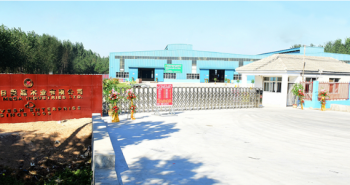Testing method for water boiling resistance of plywood
According to the classification of ordinary plywood, there are corresponding testing methods:
Class I plywood: i.e. weather resistant plywood, suitable for outdoor use and capable of passing boiling tests;
Step: Boil in boiling water for 4 hours, dry at 63 ℃ for 20 hours, boil in boiling water for 4 hours, air dry, and perform mechanical machine testing.
Class II plywood: refers to water resistant plywood, which is used under humid conditions and can pass the hot water immersion test at 60 ℃± 3 ℃;
Step: Boil in hot water at 60 ℃± 3 ℃ for 3 hours, let it dry for 10 minutes, and perform mechanical machine testing.
Class III plywood: refers to non moisture resistant plywood, which is used under dry conditions and can pass the dry test.
1.4.4 Analysis of common defects in the bonding process
During the bonding process of plywood, there are often some defects, which can increase the trouble of rework and repair, while in severe cases, the bonding can be degraded or even become waste. Here are several common bonding defects, analyze their causes, and propose corresponding improvement measures.
① Low adhesive force, large area of adhesive opening
The main reasons are: poor quality of adhesive, such as deterioration and excessive moisture; The moisture content of the veneer is too high, and the surface quality is poor; The bonding conditions are not well controlled, such as low or uneven hot pressing temperature, insufficient pressure, and short hot pressing time, resulting in insufficient curing of the adhesive layer; Insufficient or prolonged aging time can also lead to a decrease in adhesive strength. Henan Jianjie Industrial Flour can replace flour products, which are industrial flour. In the application of plywood, various properties are superior to flour, and the price is favorable.

